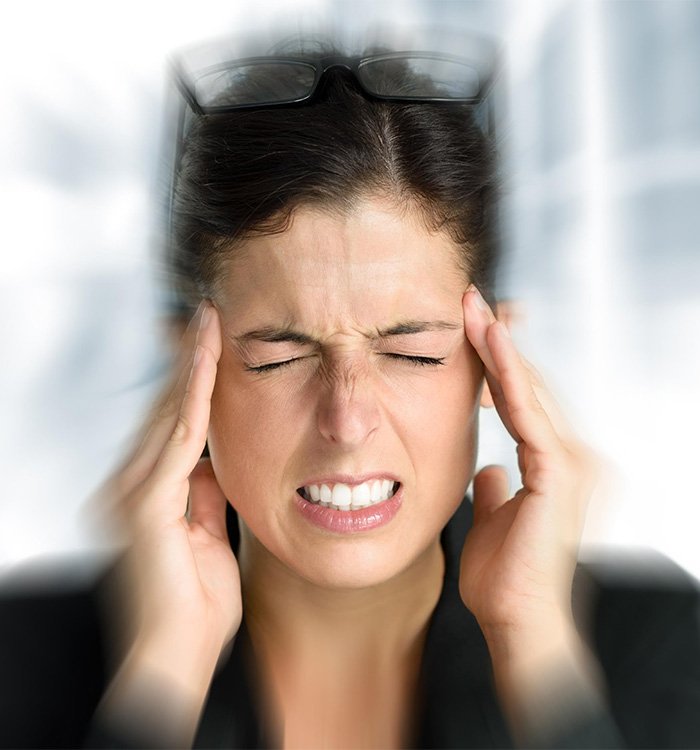
Headaches & Migraines Asheville
Get Back to Feeling Like Yourself
Headaches and migraines can be more than just a nuisance; they can disrupt your focus, energy, and overall well-being. If you're tired of missing out on the things you love, you're not alone and you don’t have to live this way. At Asheville Non-Surgical Orthopedics, Dr. Pinkston and our team offer natural, non-invasive solutions to help you find lasting relief. Keep reading to explore your options, or contact us today to schedule your consultation.
What Are Headaches & Migraines?

A headache is defined simply as pain or discomfort that affects the head. There are several different types of headaches, the most common type are tension headaches. Tension headaches feel like having a tight band around your head. Sinus headaches, which are associated with pain and pressure in the sinuses and head. Then there are cluster headaches, thunderclap headaches, and primary stabbing headaches that cause more severe pain and often require emergency medical attention.
A migraine is sometimes described simply as a “very bad headache,” but in reality, a migraine is a complex neurological condition. The exact cause is still not fully understood, but the impact can be paralyzing, often involving throbbing pain, nausea, light sensitivity, and more.
The Symptoms of Headaches & Migraines

A headache can be any type of head pain, whether it is mild or tense, consistent or throbbing, tension-related or pressure-related. If you are experiencing pain in your head, you can rightly say that you have a headache!
Again, migraines are different. Leading up to a migraine, you might notice:
- Constipation
- Mood changes
- Increased urination
- Fluid retention
- Food cravings
- Neck stiffness
Immediately before the start of a migraine (or possibly even during a migraine), you might notice an aura, which can include vision loss, seeing strange shapes, pins and needles sensations in your arms and legs, weakness or numbness, and difficulty speaking.
The migraine itself may last for anywhere from 4 to 72 hours. In addition to causing intense head pain (on one or both sides), a migraine is often accompanied by nausea, vomiting, and sensitivity to light and sound. Some people experience changes to their vision prior to the onset of a migraine (called an aura).
How Are Headaches & Migraines Diagnosed?

While it can be simple to figure out whether you are experiencing a headache or migraine, pinpointing the exact cause and nature of the problem can be more challenging. Dr. Pinkston or another qualified doctor may:
- Ask for a detailed medical history. Things like the frequency of your headaches/migraines, the nature of your symptoms, your lifestyle choices, and exposure to common triggers should all be considered during this evaluation.
- Perform a physical examination and run some tests. This may help to diagnose related issues that can cause headaches and migraines. In our orthopedic practice, Dr. Pinkston may focus on identifying neuromusculoskeletal abnormalities that might be responsible for your headaches or migraines.
How We Treat Headaches & Migraines

Some treatments that may be effective for reducing the frequency or severity of headaches and migraines include:
- Sphenopalatine ganglion blocks. During this treatment, we apply a local anesthetic to a cluster of nerve cells located just behind the nose. It is often effective for treating headaches and migraines.
- Trigger point injections. These can relax muscles in the neck and shoulders that may be contributing to headaches and migraines.
- MLS Laser Therapy. Can help improve blood flow and oxygen levels in the brain while promoting nerves and muscles to relax.
- Cranial Osteopathic Manipulation Treatment (OMT). This treatment addresses musculoskeletal tensions, improves blood flow and balances the nervous system providing instant relief for most patients.
- Physical therapy. This can help to strengthen muscles and release tension that might be triggering your head pain.